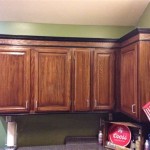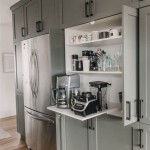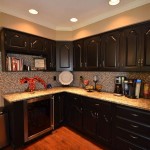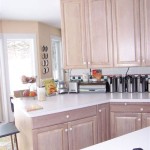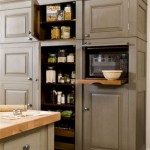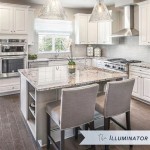How To Adjust Blum Self Closing Cabinet Hinges Closed Inward
Blum self-closing cabinet hinges are known for their smooth operation and durability. However, over time, these hinges may require adjustments to ensure proper door alignment and smooth closing. If your cabinet doors are closing inward instead of flush with the cabinet frame, it's likely that the hinge needs to be adjusted. This article will guide you through the process of adjusting Blum self-closing cabinet hinges to achieve a proper inward close.
Understanding the Hinge Components
Blum self-closing cabinet hinges consist of several key components:
- The Cup: This is the part of the hinge that is mounted to the cabinet frame.
- The Arm: This is the movable part of the hinge that connects to the door.
- The Screw: This fastens the hinge to the cabinet frame or door.
- The Adjustment Screws: These are located on the side or bottom of the hinge and are used to fine-tune the door's alignment.
Understanding the function of these components is crucial for successful hinge adjustment.
Adjusting the Hinge for Inward Close
To adjust the hinge for an inward close, you will need a small screwdriver. The specific type of screwdriver will depend on the hinge model, but a Phillips head screwdriver is commonly used. Here are the steps involved:
- Identify the Adjustment Screws: Locate the adjustment screws on the side or bottom of the hinge. There are typically two screws: one for vertical adjustment and one for horizontal adjustment.
- Loosen the Adjustment Screws: Use the screwdriver to loosen both adjustment screws slightly. This will allow you to move the hinge arm.
- Adjust the Horizontal Position: If the door closes inward at the top or bottom, you need to adjust the hinge's horizontal position. To move the door in, turn the horizontal adjustment screw clockwise. To move the door out, turn it counterclockwise.
- Adjust the Vertical Position: If the door closes inward at the sides, you need to adjust the hinge's vertical position. To move the door up, turn the vertical adjustment screw clockwise. To move the door down, turn it counterclockwise.
- Tighten the Adjustment Screws: Once you have achieved the desired alignment, tighten the adjustment screws to secure the hinge in its new position.
- Test the Door: Close the cabinet door and check if it closes flush with the cabinet frame. If not, repeat the adjustment process until you are satisfied with the results.
Additional Tips for Hinge Adjustment
Here are some additional tips to keep in mind when adjusting Blum self-closing cabinet hinges:
- Start with Small Adjustments: Make small adjustments to the screws at a time, as over-tightening can damage the hinge or screw.
- Check for Loose Screws: Before adjusting the hinge, check if any screws are loose. Tighten any loose screws before proceeding.
- Use a Level: Use a level to ensure that the door is perfectly level before finalizing the hinge adjustments.
- Consult the User Manual: If you are unsure about the adjustment process, refer to the user manual for your specific Blum hinge model.
Adjusting Blum self-closing cabinet hinges for an inward close is a relatively simple process that can be done with basic tools. By following the steps outlined above, you can ensure that your cabinet doors close properly and remain aligned. Remember to always make small adjustments and to consult the user manual for specific instructions for your hinge model.

Kitchen Cabinet Hinge Adjustment A Step By Guide Tkdc
Clip Top Blumotion Blum

Cabinet Hinges How To Adjust Doors

How To Adjust Blum Hinges Align Cabinet Doors Cabinetdoors Com

Kitchen Cabinet Hinge Adjustment A Step By Guide Tkdc

Inward Opening Door Blum

Inward Opening Door Blum

Blum Soft Close 110 Deg Inserta Hinge

How To Adjust 3 Hinges Align Cabinet Doors

Concealed Hinge Blum Compact Furniture 107 With Spring For Fixing Incl Mounting Plate At HÄfele
Related Posts

